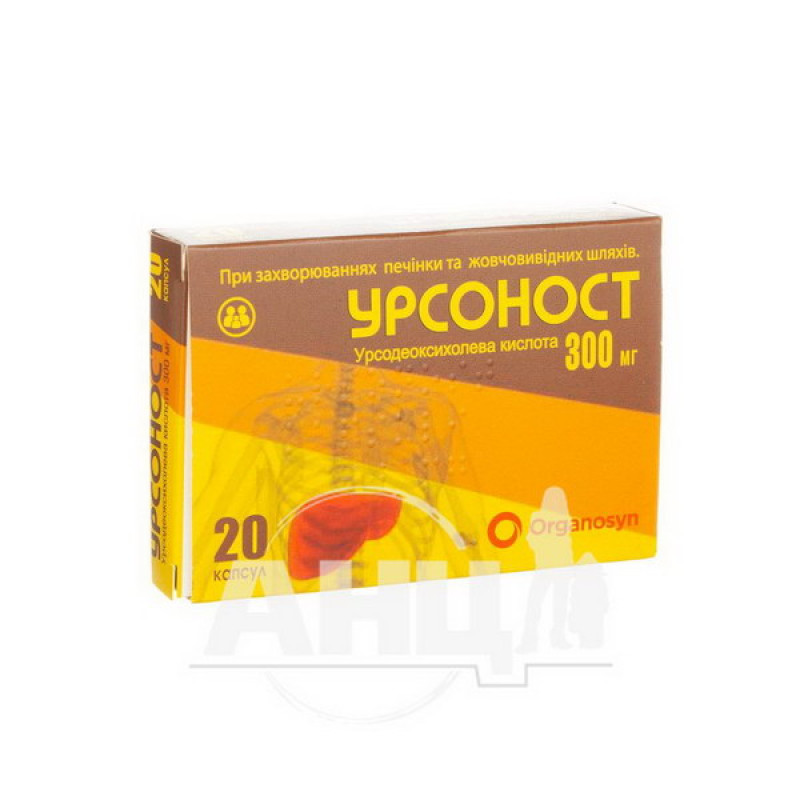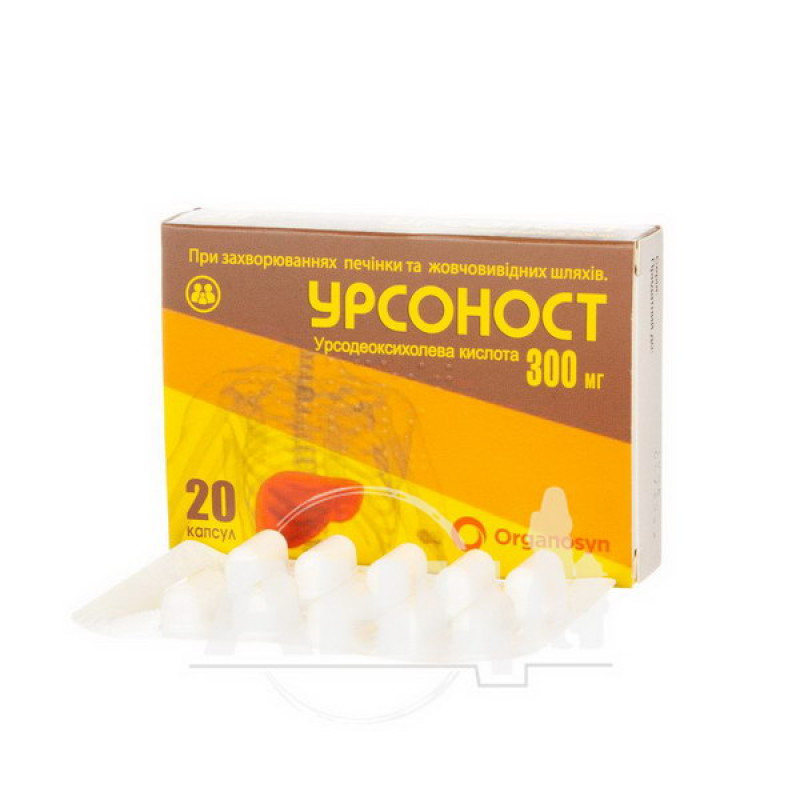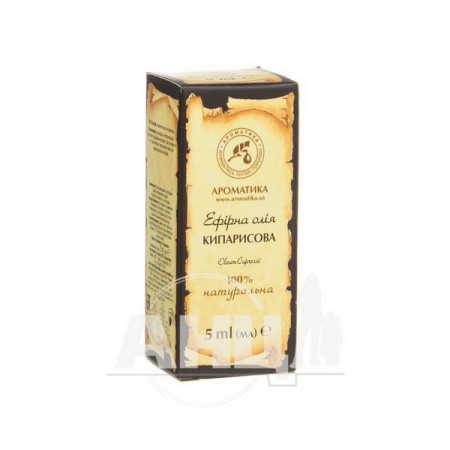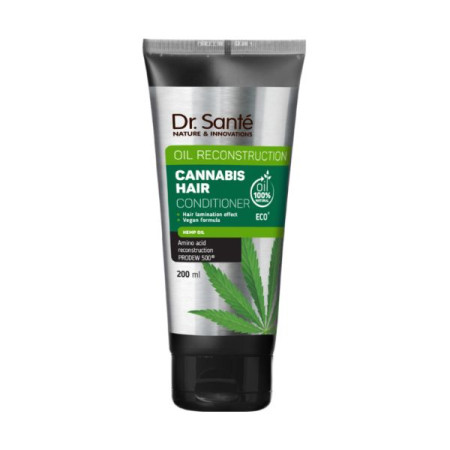Ursonost capsules 300 mg blister No. 20

Instructions Ursonost capsules 300 mg blister No. 20
Composition
active ingredient: ursodeoxycholic acid;
1 capsule contains 150 mg or 300 mg of ursodeoxycholic acid;
excipients: corn starch, magnesium stearate, colloidal anhydrous silicon dioxide.
Dosage form
Capsules.
Main physicochemical properties: hard gelatin capsule of white or almost white color, containing fine-grained powder of white or almost white color.
Pharmacotherapeutic group
Drugs used to treat the liver and biliary tract.
ATX code A05A A02.
Pharmacological properties
Pharmacodynamics
Ursodeoxycholic acid (UDCA) is a 7-epimer of chenodeoxycholic acid and bile acid, which is physiologically present in human bile in insignificant concentrations compared to the total amount of bile acids.
UDCA inhibits hepatic cholesterol synthesis and secretion, as well as intestinal cholesterol absorption. It probably has a weak inhibitory effect on the synthesis and biliary secretion of endogenous bile acids and does not affect the secretion of phospholipids into the bile.
With continuous administration of the drug, the concentration of UDCA in bile reaches a maximum value after about 3 weeks. Despite its insolubility in aqueous media, cholesterol can be solubilized in at least two different ways in the presence of dihydroxybile acids. In addition to solubilizing cholesterol in micelles, UDCA has a unique effect that causes the dissolution of cholesterol in the form of liquid crystals in an aqueous medium. Thus, although the administration of high doses (e.g., 15-18 mg/kg/day) does not lead to a concentration of UDCA exceeding 60% of the total bile acid pool, UDCA-enriched bile effectively dissolves cholesterol. The overall effect of UDCA is to increase the concentration of bile, at which it is saturated with cholesterol.
The various mechanisms of action of UDCA are aimed at reducing the amount of stone-forming cholesterol secreted into bile, as well as solubilizing it, which contributes to the dissolution of cholesterol gallstones.
After discontinuation of UDCA, bile acid concentrations in bile fall exponentially, decreasing to approximately 5% - 10% of their normal levels after approximately 1 week.
Pharmacokinetics
About 90% of a therapeutic dose of UDCA is absorbed in the small intestine after oral administration. After absorption, UDCA enters the liver via the portal vein and undergoes primary metabolism (i.e., there is a large first-pass effect), where it is conjugated with glycine or taurine and then secreted into the hepatic bile ducts. UDCA in bile is concentrated in the gallbladder and released into the duodenum from the gallbladder through the common ducts due to gallbladder contractions, which are a physiological response to food. Only trace amounts of UDCA appear in the systemic circulation, and very small amounts are excreted in the urine. The area of therapeutic effects of the drug is in the liver, bile, and intestinal lumen.
Apart from conjugation, UDCA is not metabolized by the liver or intestinal mucosa. A small amount of the drug undergoes bacterial degradation with each enterohepatic circulation cycle. UDCA can be either oxidized or reduced at the 7-carbon, yielding 7-ketolithocholic acid (7-CLA) or lithocholic acid (LHA), respectively. In addition, bacterially catalyzed deconjugation of glyco- and tauroursodeoxycholic acid occurs in the small intestine. Free UDCA, 7-CLA, and LHA are insoluble in aqueous media, and large amounts of these compounds are excreted from the distal intestine in the feces. Reabsorbed free UDCA is regenerated by the liver. 80% of LHC formed in the small intestine is excreted in the feces, but the 20% that is absorbed is sulfated at the 3-hydroxyl group in the liver to relatively insoluble lithocholyl conjugates, which are excreted in the bile and dissolved in the feces. Absorbed 7-CHL is stereospecifically cleaved in the liver to chenodiol.
LHC is formed by 7-dehydroxylation of dihydroxybile acids (UDCA and chenodiol) in the intestinal lumen. The 7-dehydroxylation reaction appears to be alpha-specific, i.e. chenodiol is more efficiently 7-dehydroxylated than UDCA, and for equimolar doses of UDCA and chenodiol, the levels of LHC present in bile are not changed. In animal studies, it has been documented that the accumulation of LHC leads to liver damage due to insufficient LHC sulfation activity. Humans have the ability to sulfate LHC. Liver damage has been observed in some patients in studies, but this has not been associated with UDCA therapy. This is because some people may have a reduced ability to sulfate, but this phenomenon has not been studied.
Indication
Ursonost is indicated for patients with radiopaque, non-calcified gallstones <20 mm in greatest diameter who are candidates for elective cholecystectomy, including patients at high surgical risk due to systemic disease, elderly patients, individuals with individual intolerance to general anesthesia, or patients who refuse surgery.
Ursonost is prescribed to prevent gallstone formation in obese patients who plan to lose weight quickly.
Contraindication
Patients with calcified cholesterol or radiopaque stones.
Patients with urgent indications for cholecystectomy, including non-remitting acute cholecystitis, cholangitis, biliary obstruction, cholelithiasis pancreatitis, or patients with biliary-enteric fistulas.
Allergy to bile acids.
Interaction with other medicinal products and other types of interactions
Bile acid sequestrants, such as cholestyramine and colestipol, may interfere with the action of UDCA, reducing its absorption. Aluminum-based antacids have been shown to adsorb bile acids in vitro and may therefore reduce the absorption of UDCA. Estrogens, oral contraceptives, and clofibrate (as well as other lipid-lowering drugs) increase hepatic cholesterol secretion and may reduce the effectiveness of UDCA.
Ursonost may increase the absorption of cyclosporine in the intestine. Therefore, in patients taking cyclosporine, it is necessary to monitor the concentration of this substance in the blood and, if necessary, change the dose.
In some cases, UDCA may reduce the absorption of ciprofloxacin.
A decrease in the maximum plasma concentration (Cmax) and area under the curve (AUC) of the calcium antagonist nitrendipine was observed when it was used simultaneously with UDCA. When interacting with dapsone, a decrease in the therapeutic effect of UDCA was noted.
These observations and in vitro studies suggest the potential of UDCA to induce cytochrome P450 3A enzymes. However, controlled clinical studies have shown that UDCA does not have a significant inductive effect on cytochrome P450 3A enzymes.
Estrogen hormones and agents that lower blood cholesterol levels, such as clofibrate, may promote gallstone formation, which has an effect opposite to that of UDCA, which is used to dissolve gallstones.
Application features
Dissolution of gallstones with Ursonost requires long-term therapy. Complete dissolution does not occur in all patients, and recurrence of stones within 5 years is observed in 50% of patients treated with UDCA. The terms of UDCA therapy should be carefully followed, and alternative treatment methods should also be considered. The safety of Ursonost for use beyond 24 months has not been established.
The ability to monitor bile composition to verify the reduction of cholesterol content in bile is an important element in the favorable prognosis of treatment outcomes.
The drug should be used with caution in patients with frequent biliary colic, biliary tract infections, severe pancreatic disorders, or patients with intestinal diseases that may affect the enterohepatic circulation of bile acids (jejunoileal resection or stoma, regional ileitis).
Patients taking Ursonost for the dissolution of gallstones should have an ultrasound or cholecystography every 6 months to check the effectiveness of the drug. One of the indicators of progressive treatment may be monitoring the composition of bile to monitor the reduction in cholesterol content.
Women using the drug to dissolve gallstones should use an effective non-hormonal method of contraception, as hormonal contraceptives may increase the formation of gallstones.
Ultrasound or cholecystography is recommended to be repeated every 6 months in patients using Ursonost for the dissolution of gallstones.
During the first 3 months of treatment, the doctor should monitor liver function by taking samples for AST, ALT and GGT every 4 weeks and every 3 months during further treatment. Control studies make it possible to determine whether the patient's body is responding to the treatment of primary biliary cirrhosis, and such monitoring also allows for early detection of potential deterioration of liver function.
Dissolving cholesterol gallstones.
To correctly assess the therapeutic effect and for timely detection of calcified gallstones, their size and condition, it is necessary to perform visualization of the gallbladder (oral cholecystography): general image and occlusions in the patient's standing and supine positions (ultrasound examination) 6-10 months after the start of treatment, taking into account the size of the stones.
It is not advisable to use UDCA if the gallbladder cannot be visualized by X-ray due to calcified gallstones, impaired gallbladder contractions, or frequent biliary colic.
Use in the elderly.
In clinical studies, approximately 4% of patients were 65 years of age or older (approximately 3% were 75 years of age or older). No age-related differences in safety and efficacy were observed. Other reported clinical studies have not shown differences in elderly and younger patients. However, small differences in efficacy and greater sensitivity of some elderly patients taking Ursonost cannot be ruled out. Therefore, individual dosage adjustment is recommended for patients in this age group.
Use during pregnancy or breastfeeding
There are insufficient data on the use of the drug during pregnancy, especially in the first trimester. Animal studies indicate a teratogenic effect in the early stages of pregnancy.
UDCA should not be used during pregnancy unless clearly necessary. Ursonost should be used in women of childbearing potential only if they are using proven contraception. Non-hormonal contraceptives or oral contraceptives with low estrogen content are recommended. If patients are taking UDCA as a means of dissolving gallstones, only effective non-hormonal contraceptives should be used, as hormonal contraceptives may promote gallstone formation. Pregnancy should be ruled out before starting treatment.
There is no information on the penetration of Ursonost into breast milk. Therefore, the drug should not be used during breastfeeding. If treatment with UDCA is necessary, breastfeeding should be discontinued.
Ability to influence reaction speed when driving vehicles or other mechanisms
No effect on the ability to drive or operate complex machinery was observed.
Method of administration and doses
UDCA should be used under the supervision of a physician.
The capsules should be swallowed whole with liquid. It is necessary to adhere to the regularity of administration.
For patients weighing less than 47 kg or who have difficulty swallowing capsules, it is recommended to use the drug in another dosage form (e.g., suspension).
Dissolving gallstones.
The recommended dose for the treatment of radiopaque gallstones with Ursonost is 8-10 mg/kg/day in 2 or 3 divided doses.
Control ultrasound of the gallbladder should be performed every 6 months during the first year of therapy with the drug. If the gallstones dissolve, the drug should be continued and ultrasound examination should be performed every 1-3 months. In most patients who ultimately achieved complete dissolution of the stones, partial or complete dissolution of the stones was observed at the first assessment of treatment. If partial dissolution of the stones is not observed after 12 months of therapy with Ursonost, the likelihood of success is significantly reduced.
Prevention of stone formation.
The recommended dose of the drug for the prevention of gallstones in patients planning rapid weight loss is 600 mg/day (300 mg 2 times a day).
Children
There is insufficient experience with the use of the drug in children.
Overdose
In case of overdose, diarrhea is possible. Other symptoms of overdose are unlikely, since the absorption of UDCA decreases with increasing dose, so most of it is excreted in the feces.
If diarrhea occurs, the dose should be reduced, and if diarrhea is persistent, therapy should be discontinued.
There is no need for specific measures. Treatment of diarrhea is symptomatic, aimed at restoring fluid and electrolyte balance.
There are known cases of UDCA overdose when using the drug in a dose of up to 4 g per day, but this dose did not have significant consequences.
If a large dose of UDCA is accidentally taken, it is recommended to take the usual measures as for intoxications, or to prescribe cholestyramine to bind bile acids.
Additional information regarding special patient groups
Long-term therapy with high doses of UDCA (28-30 mg/kg/day) in patients with primary sclerosing cholangitis (off-label use) was associated with a higher incidence of serious adverse events.
Side effects
During the studies, the nature and frequency of adverse reactions were similar in all groups. The most common adverse reactions and conditions are listed below:
General disorders:
flu-like symptoms, allergies.
From the gastrointestinal tract:
abdominal pain, dyspepsia, constipation, diarrhea, nausea, vomiting, cholecystitis.
On the part of the respiratory system:
bronchitis, cough, pharyngitis, upper respiratory tract infections.
On the part of the musculoskeletal system:
arthralgia, arthritis, back pain.
From the nervous system:
dizziness, headache.
Skin and Appendages:
Hair loss.
From the genitourinary system:
urinary tract infections.
Hypersensitivity reactions:
Very rarely, allergic reactions are possible, including rash and urticaria.
Reporting adverse reactions after the registration of a medicinal product is important. This allows monitoring of the benefit/risk ratio of the medicinal product. Medical and pharmaceutical professionals, as well as patients or their legal representatives, should report all cases of suspected adverse reactions and lack of efficacy of the medicinal product via the automated pharmacovigilance information system at the following link: https://aisf. dec. gov. ua
Expiration date
5 years.
Do not use the drug after the expiration date indicated on the package.
Storage conditions
Store at a temperature not exceeding 25 ° C.
Keep out of reach of children.
Packaging
10 capsules in a blister; 2 or 5 blisters in a cardboard box.
Vacation category
According to the recipe.
Producer
Maripharm LLC, Slovenia
Marifarm doo, Slovenia
Evertogen Life Sciences Limited
Evertogen Life Sciences Limited
Address
Minarikova Street, 8, Maribor, 2000, Slovenia.
8, Minarikova street, Maribor, 2000, Slovenia
Plot No.: S-8, S-9, S-13/P and S-14/P T E C I A C, S I Z Pharma, Green Industrial Park, Polepally (V), Yedcherla (M), Mahabubnagar, Telangana, IH-509 301, India
Plot No: S-8, S-9, S-13/P & S-14/P TSIIC, Pharma SEZ, Green Industrial Park, Polepally (V), Jadcherla (M), Mahabubnagar, Telangana, IN-509 301, India
There are no reviews for this product.
There are no reviews for this product, be the first to leave your review.
No questions about this product, be the first and ask your question.







